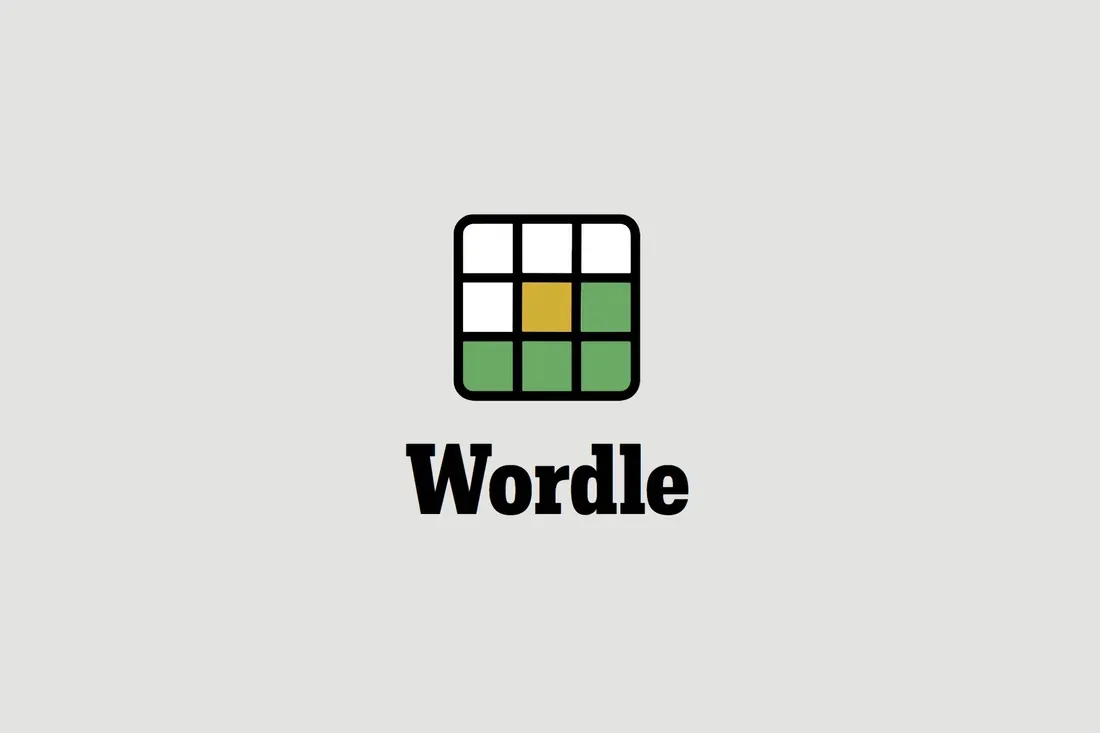Today’s Wordle is live now on the New York Times site. If you want to play before reading on, open the puzzle at nytimes.com/games/wordle.
Wordle #1606 quick hints (no spoilers)
| Property | Hint |
|---|---|
| Starts with | G |
| Ends with | O |
| Vowel count | 2 vowels |
| Repeated letters | None |
| Part of speech | Noun |
| Meaning cue | Think “gadget,” “device,” or “contraption.” |
| Difficulty | Medium — includes an uncommon consonant |
Tip: If your opener whiffs on common consonants, test high‑impact outliers next. The rare letter in today’s word sits near the middle.
Letter-by-letter clues (spoilers below)
Want positional help without the full word? Here are the letters by slot:
| Position | Letter |
|---|---|
| 1 | G |
| 2 | I |
| 3 | Z |
| 4 | M |
| 5 | O |
Today’s Wordle answer
GIZMO
Definition: a small device or gadget, often used as a catch‑all name when the precise term isn’t known.
Why today’s puzzle trips people up
There’s no letter repetition to bail you out with pattern locks, and the third slot uses a low‑frequency consonant. If you stick to only high‑frequency letters for too long, you’ll burn guesses without shrinking the search space. After you confirm the opener’s misses, probe for Z early — especially if you’ve already placed the initial G and the final vowel.
- After confirming
Gand a trailing vowel, prioritize tests likeZandMalongside remaining vowels. - Use hard mode once you hit green tiles so you don’t leak turns on dead positions.
Yesterday’s Wordle (for reference)
#1605 (Nov 10): TABBY
Recent Wordle solutions
Keeping recent answers in mind helps avoid wasted guesses — Wordle doesn’t repeat solutions.
| # | Solution |
|---|---|
| 1594 | LATHE |
| 1595 | ABHOR |
| 1596 | MOTEL |
| 1597 | RABID |
| 1600 | SHORT |
| 1601 | GUISE |
| 1602 | PERIL |
| 1603 | ARISE |
| 1604 | FUGUE |
| 1605 | TABBY |
How to approach tricky letter sets
When a puzzle leans on an unusual consonant and has no duplicates, lean into coverage over commitment early:
- Open with a word that scans common vowels and consonants in new positions.
- On turn two or three, add at least one lower‑frequency consonant to widen information gain if you’re still mostly gray.
- Lock placements quickly in hard mode to convert information into greens rather than re‑testing known misses.
If you prefer a gentler start, consider a two‑step opener plan: one vowel‑dense guess, followed by a consonant‑heavy guess that includes a single rarer letter as a probe. That’s often enough to expose today’s structure without sacrificing too many attempts.
When you’re ready for a fresh grid, the next puzzle unlocks at midnight local time on the official Wordle page.

